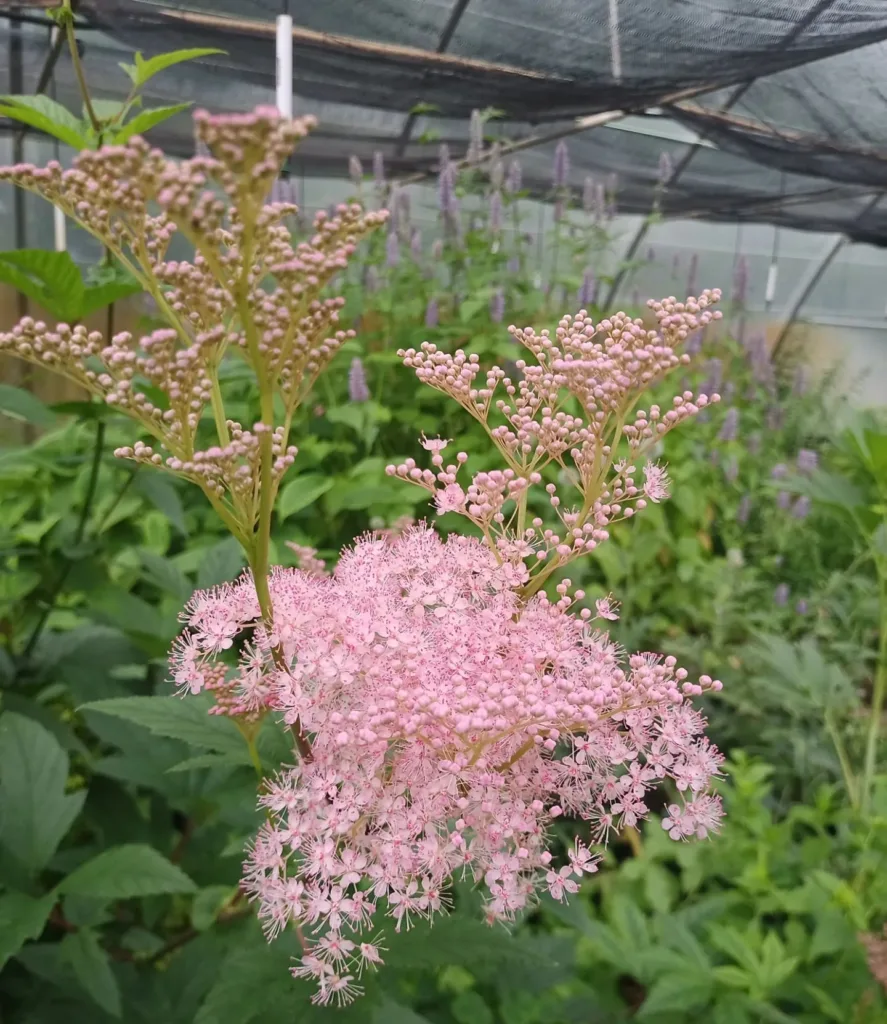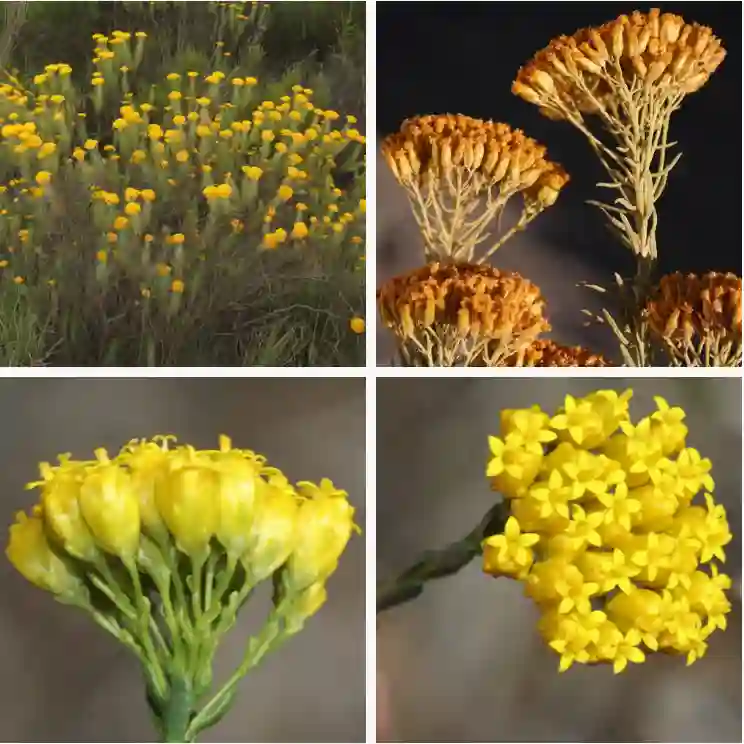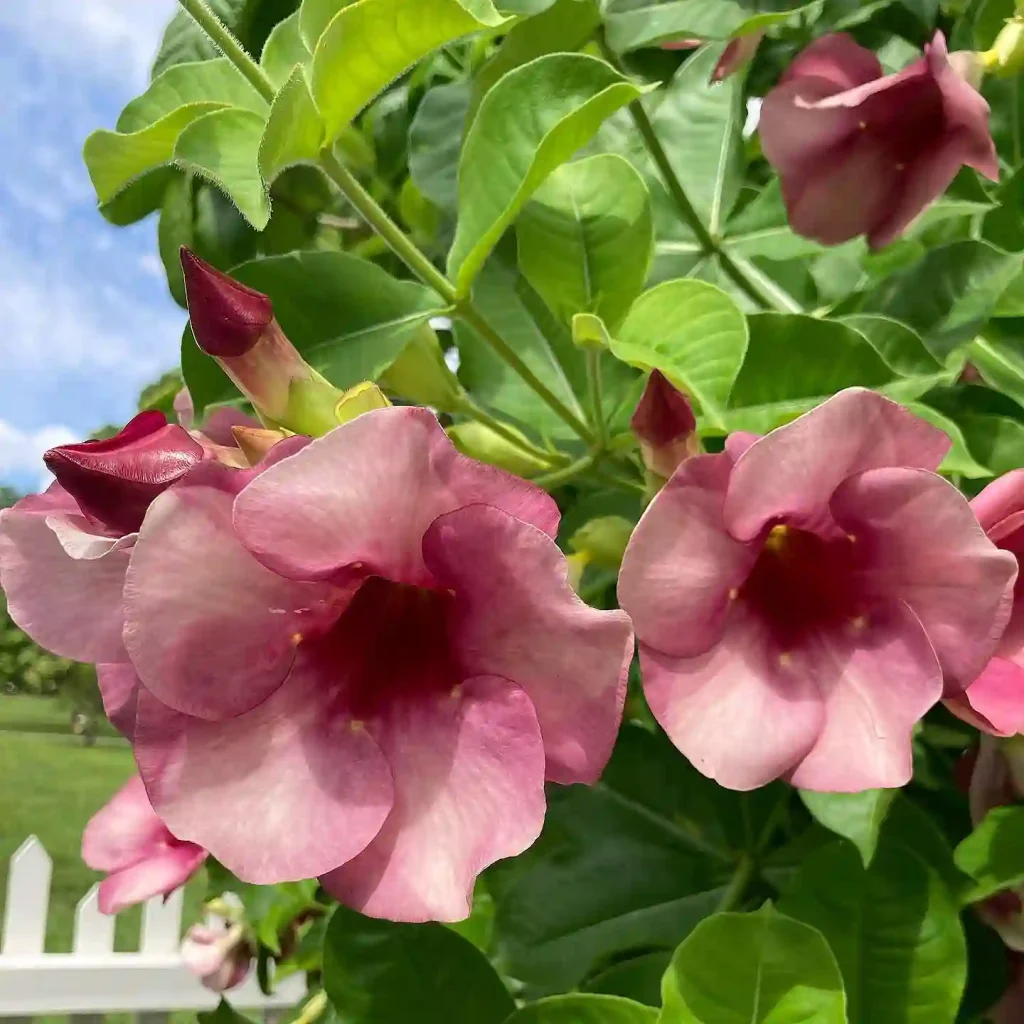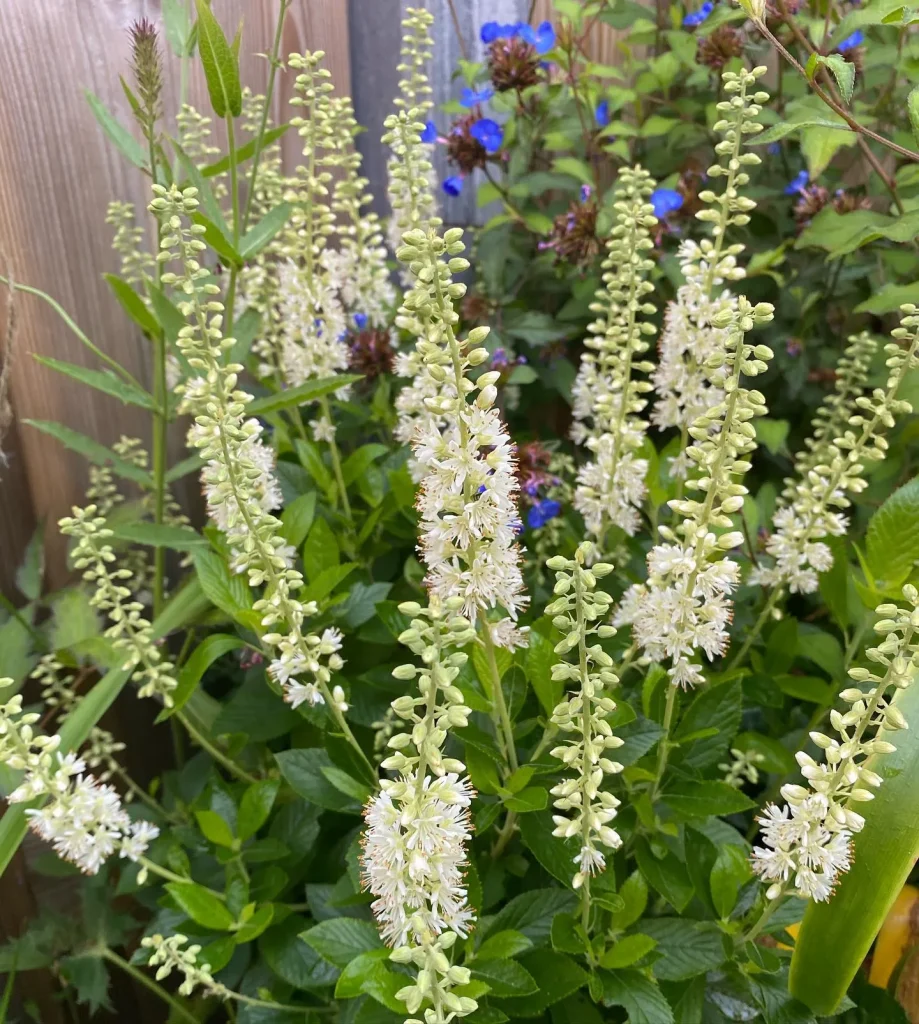Allamanda: A Burst of Tropical Sunshine
My name is Ferb Vu, and I’ve always been drawn to the vibrant colors and lush foliage of tropical flora. Among my favorites is the Allamanda, a genus of flowering plants that brings a touch of paradise to any garden. With their showy trumpet-shaped blooms and glossy green leaves, Allamanda plants are a true feast for the eyes.
A Riot of Color
The genus Allamanda, belonging to the dogbane family Apocynaceae, boasts a dazzling array of species, each with its own unique charm. While yellow is the most common color, you can also find varieties with flowers in shades of pink, purple, and orange:
- Allamanda cathartica: Also known as the golden trumpet vine, this vigorous climber is a favorite for its profusion of bright yellow flowers.
- Allamanda blanchetii: This species stands out with its beautiful purple or pink blossoms, adding a touch of royalty to the garden.
- Allamanda schottii: With its compact growth habit and vibrant yellow flowers, this species is perfect for smaller gardens or containers.
- Allamanda alagoana J.W.Alves-Silva & T.S.Coutinho
- Allamanda angustifolia Pohl
- Allamanda calcicola Souza-Silva & Rapini
- Allamanda doniana Müll.Arg.
- Allamanda laevis Markgr.
- Allamanda martii Müll.Arg.
- Allamanda nobilis T.Moore
- Allamanda oenotherifolia Pohl
- Allamanda polyantha Müll.Arg.
- Allamanda puberula A.DC.
- Allamanda setulosa Miq.
- Allamanda thevetifolia Müll.Arg.
- Allamanda weberbaueri Markgr.
A Tropical Treasure
Native to the Americas, Allamanda thrives in warm, tropical climates. These sun-loving plants require plenty of light and well-drained soil to flourish. While they can tolerate some drought, regular watering will ensure optimal growth and flowering.
In my own garden, I’ve found that Allamanda responds well to regular fertilization and occasional pruning. This helps to keep the plants healthy and encourages bushier growth. I also make sure to provide support for the climbing varieties, allowing them to reach their full potential.
A Versatile Beauty
Allamanda’s versatility is another reason for its popularity. Whether you’re looking to create a stunning floral display, add a touch of privacy to your garden, or simply enjoy the beauty of nature, Allamanda is an excellent choice.
- Trellises and fences: The climbing varieties of Allamanda are perfect for adorning trellises, fences, and pergolas, creating a vibrant vertical garden.
- Containers and hanging baskets: The more compact species can be grown in containers or hanging baskets, adding a touch of tropical charm to patios and balconies.
- Groundcover: Some Allamanda species can even be used as groundcover, creating a lush carpet of green foliage and colorful blooms.
A Word of Caution
While Allamanda is a beautiful and rewarding plant to grow, it’s important to remember that all parts of the plant are poisonous if ingested. So, if you have young children or pets, it’s best to keep Allamanda out of reach.
In addition, the milky sap that Allamanda produces can cause skin irritation in some people. So, it’s always a good idea to wear gloves when handling the plant.
A Symbol of Beauty and Resilience
Despite its poisonous nature, Allamanda has long been admired for its beauty and resilience. In some cultures, the plant is even believed to have medicinal properties.
For me, Allamanda represents the vibrant spirit of the tropics. Its cheerful flowers and lush foliage bring a sense of joy and tranquility to my garden. Whether I’m admiring its beauty from afar or tending to its needs, Allamanda always reminds me of the power of nature to inspire and uplift.
If i die, water my plants!



